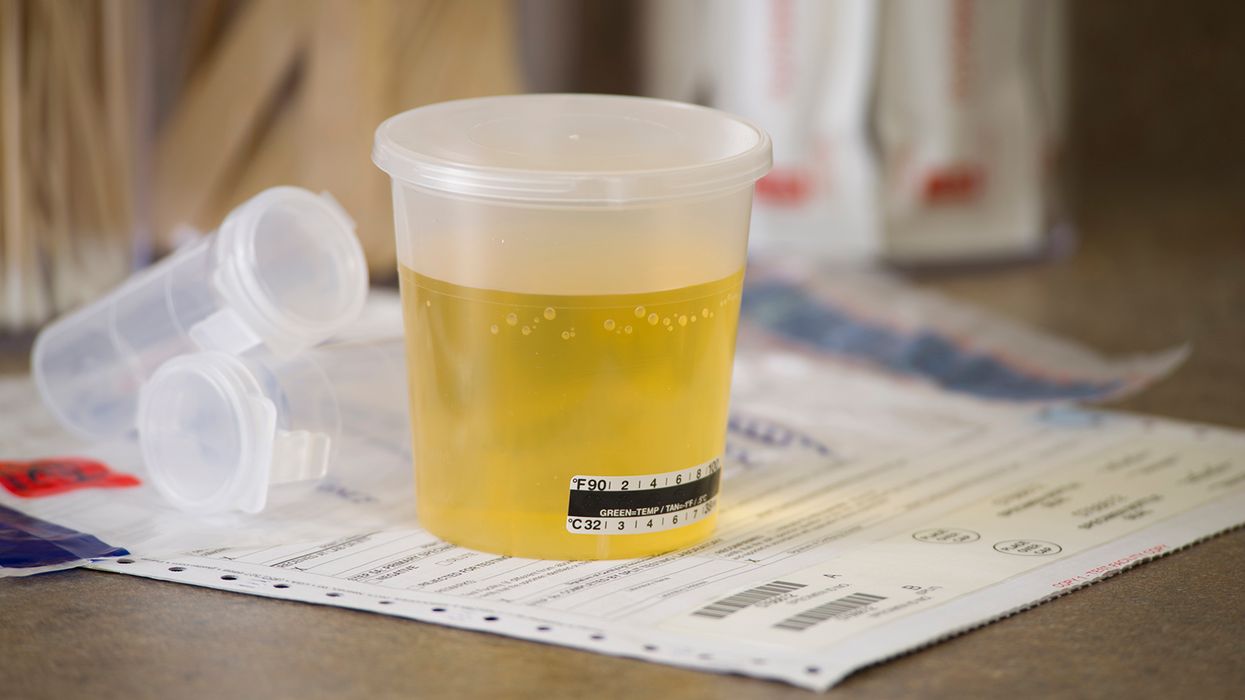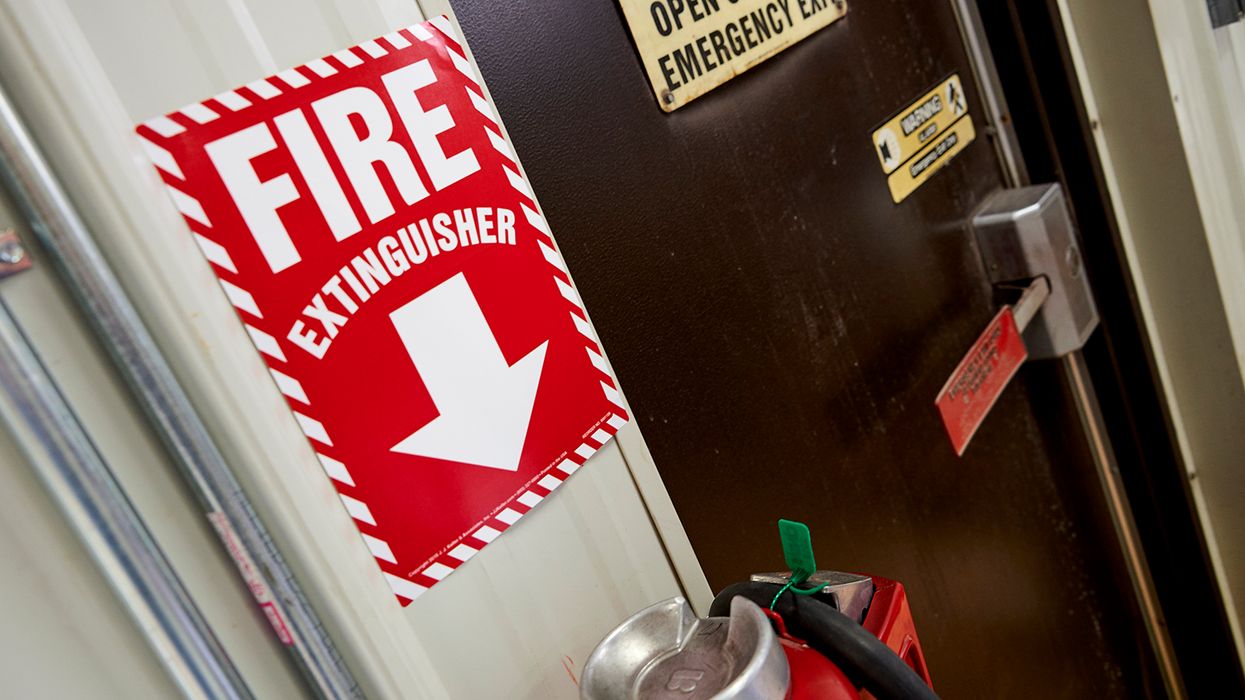Pausing the 14-hour clock
The 14-hour limit has been around for nearly two decades, but truck drivers are still seeking ways around it.
Lucky for them, there is a way to “pause” the 14-hour clock for a stretch of two or more hours, at least for those who qualify.
The rule
The 14-hour limit in the federal hours-of-service rules (at 395.3(a)(2)) says that drivers of property-carrying commercial motor vehicles must stop driving once they reach the end of the 14th consecutive hour of the workday.
Because the rule is based on consecutive time, the 14-hour clock keeps ticking away until it’s reset with a 10-hour break. As a result, lunch breaks, waiting time, and other non-productive activities take away from a driver’s available work hours. Being able to stop the clock is thus seen as a huge benefit in terms of productivity.
Pausing the 14-hour clock
Perhaps the biggest benefit for most truck drivers was the change that allows a driver to pause the 14-hour clock, if the driver has access to a sleeper berth that complies with 49 CFR 393.76.
To pause the 14-hour clock:
- The driver must take a break of at least two consecutive hours sometime during the day, either off duty, in a sleeper berth, or using a combination of the two. This break will pause the clock if the remaining conditions are met.
- The time before and after the break cannot include any driving after the 11th hour of driving or after the 14th hour of time (but the break itself can be excluded from the 14-hour total).
- The driver must get another break of at least seven consecutive hours spent entirely in a sleeper berth sometime before or after the shorter break. Without this time in a sleeper berth, the shorter break won’t pause the clock.
- The two breaks together must add up to at least 10 hours (for example: 2+8, 3+7, 4+11, 2.5+7.5, etc.).
As soon as a driver completes the two mandatory breaks, the 11- and 14-hour limits can be recalculated starting at the end of the first break (all time spent before the first break no longer counts). Neither break counts toward the 14-hour limit, and any 10-hour break will reset the limit.
If there is any off-duty time connected to (consecutive with) either break, that time may also be excluded from the 14-hour calculation.

What if? In the accompanying image, what happens if the driver is stopped for an inspection between 2:00 p.m. and 5:00 p.m.? The officer should assume the driver will be getting at least seven hours in a sleeper berth later in the day and is compliant.
Key to remember: Drivers who have access to a sleeper berth may pause their 14-hour clock with a two-hour break if certain conditions are met.

















































